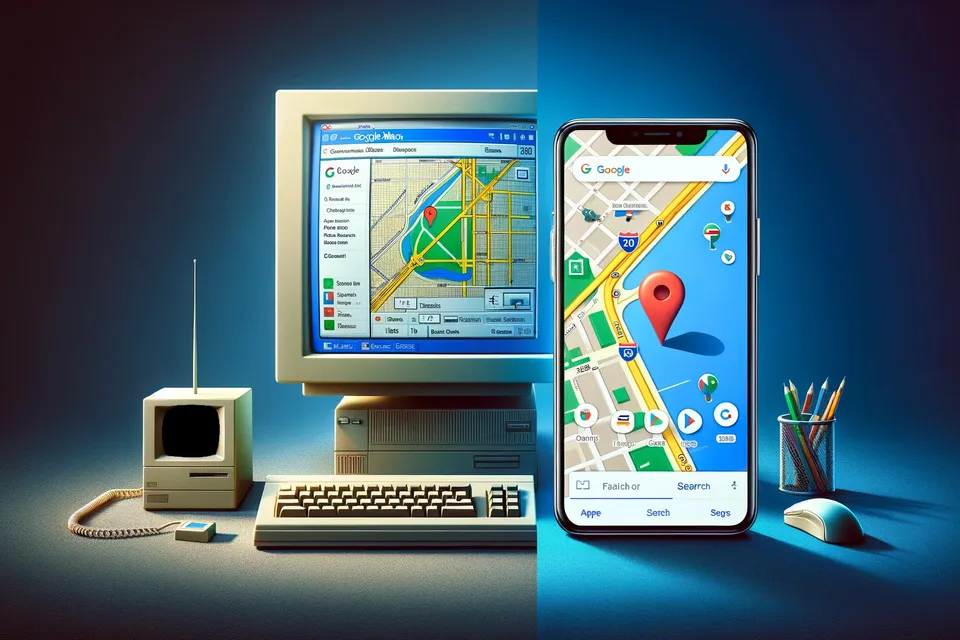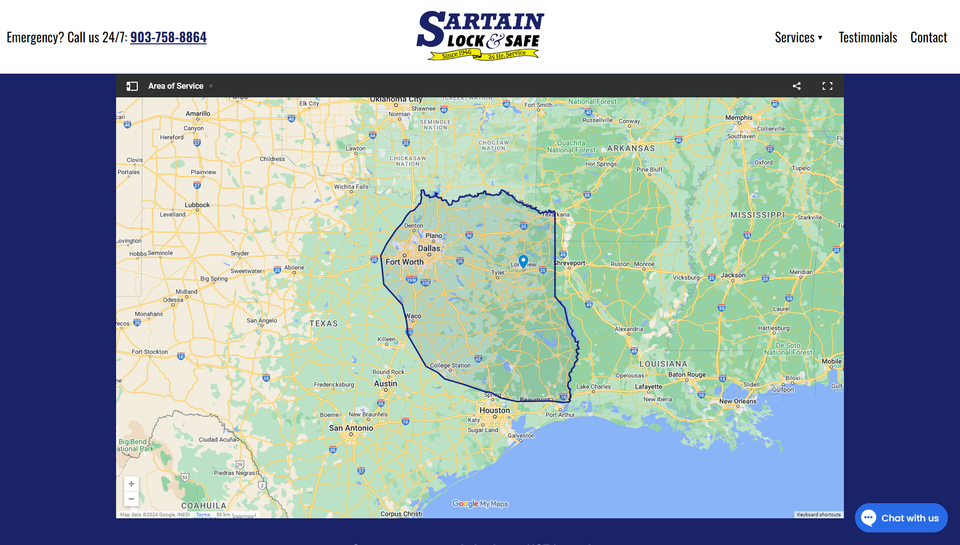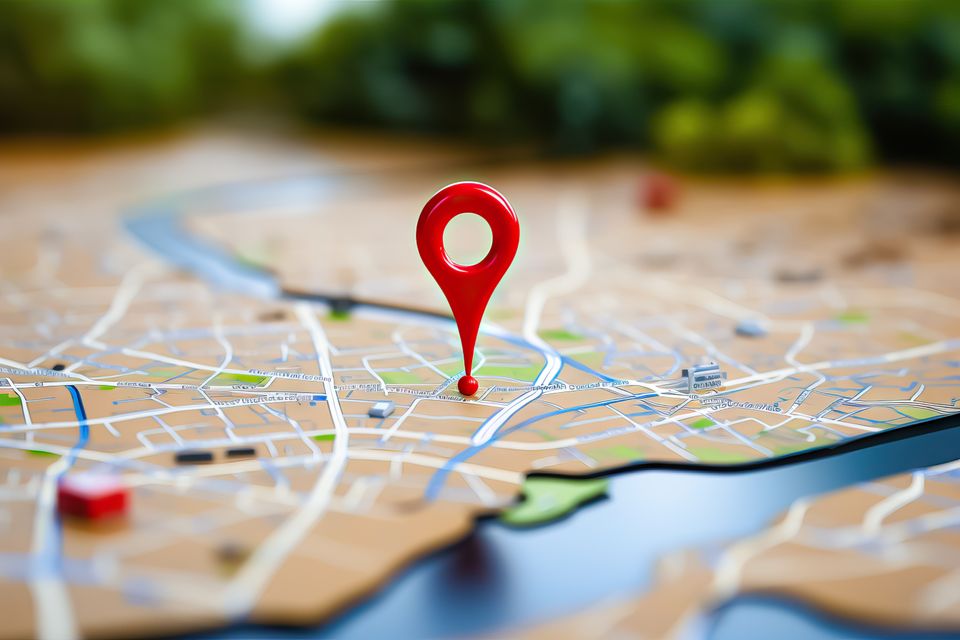
Navigating the Digital Frontier: Celebrating Google Maps' Anniversary
The year is 2004. A small software company out of Australia sells an application called “Expedition” to Google. First conceived as an application to be downloaded and installed onto people’s computers, Google converts Expedition into a web app and launches it as Google Maps on a day like today, 2005.
Originally, Google Maps only gave directions from point A to point B. Since its launch, it became increasingly relevant for businesses to put themselves on the map – pun intended.
The rest of Google Maps’ features that we take for granted today came with time. Google Earth, real-time traffic, public transit schedules and routes, Street View, and even a mobile app were all features that were added later, some of which took years to be launched. For example, the incredibly important integration Google Business Profile, formerly known as Google My Business, was only launched until June 2014, and ever since its launch, it has been a major component of local SEO.
About 1 billion people all around the world use Google Maps actively each month. So today we’re celebrating its birthday with a bit of history and talking about some of its features that we love the most.
Revolutionizing Local Search
With each search made on any of their apps, Google looks at the user’s location so that if you are using Maps in Denver looking for where to have lunch, you do not get shown restaurants in Sydney. Conveniently, Google Maps will not send you to a business that is not open either. A big change in the way people looked for businesses was coming.
With each search made on any of their apps, Google looks at the user’s location so that if you are using Maps in Denver looking for where to have lunch, you do not get shown restaurants in Sydney. Conveniently, Google Maps will not send you to a business that is not open either. A big change in the way people looked for businesses was coming.
Another prominent feature Google Maps possesses is that it allows its users to suggest edits to the map. Anyone can notify Google that a local business just recently opened a couple of blocks away from their home by adding a new place to Google Maps, suggest edits if hours of operation are incorrectly displayed, and post pictures of the food they get served at restaurants.
All interactions users have with businesses, not only edits but also reviews, questions, photos added and more, are an important factor that Google takes into consideration when deciding which local business is worth recommending – the more people interact with a business either by reviewing it, posting a picture, or starting navigation to check it out, the better the likelihood that Google will recommend it to more and more people.

Not to mention the convenience factor. We think that having recommendations, directions, business information, and more in a single place is a wonderful thing. Say you were looking for a photo studio near you, and from the options that Google recommended you choose the one with the best-looking photos and the best user reviews. You can start navigating right then and there if you want to, and Google will even prompt you to share your opinion about the business once your photoshoot is∇finished.
Empowering Businesses
Getting relevant results on local searches has made it essential for businesses to correctly display their location, hours of operation, and contact information on Google Maps. Thanks to the integration with Google Business Profile, businesses that accurately show their contact information, hours of operation, and even post content increase their chances of being found by locals looking for their products or services on Google Maps, or regular Google.
Google Maps also allows anyone to create custom maps to be shared anywhere online, which businesses can use to show users their area of operation, locations, and other relevant places.

Enhancing User Experience
Google values user input, so one of the ways they continually improve Maps is by gathering feedback on user experience. If you have used Google Maps to get from point A to point B, you have probably noticed that once your trip is finished, your phone prompts you to rate the route you just took – did it take you to where you needed to go, and was Google’s ETA accurate? Did you have any issues with the route, such as having to drive through dirt roads, or a street marked a two-way when it was actually a one-way? You are able to share all this feedback each time you navigate with Google Maps. You can also rate and review any businesses you find there too.
All this feedback serves to improve user experience, as it helps correct any mistakes users report on streets, business locations or hours of operation, non-existent places, and more. It also shapes each user’s experience with Google through tailored recommendations – if you absolutely loved the last ramen shop that Google recommended to you, it will look for others like it next time you are exploring your city.
Not appearing on Google Maps today will only cause small business owners to fall behind their competitors.

Conclusion
As Google Maps approaches its two-decade mark since its inception, its transformative impact on navigation and local search cannot be overstated. From its humble beginnings as a simple mapping tool to its current status as an indispensable companion for millions worldwide, Google Maps has revolutionized the way we explore and interact with our surroundings. While it may not be flawless, Google Maps continues to evolve, incorporating user feedback and technological advancements to deliver an increasingly seamless experience. As we look ahead, it is clear that Google Maps will remain a cornerstone of modern navigation, empowering businesses, enhancing user experiences, and guiding us on our journeys for years to come.

